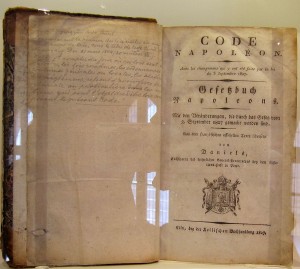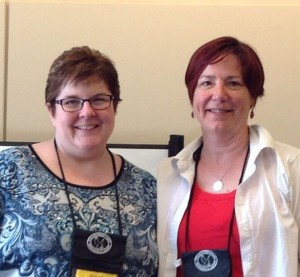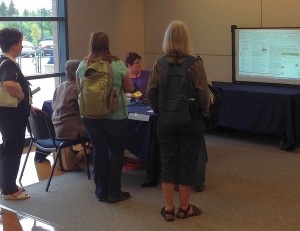Recently, I bumped into the website Cleveland and its Neighborhoods, which has a wealth of “History, Genealogy, and Other Peripheral Subjects pertaining to Cleveland, Ohio” compiled by Laura Hine. It’s an incredibly comprehensive resource, one that didn’t readily pop up during my novel research, so I thought I’d give it a shout out here.
At the bottom of the “Cleveland and Its Neighborhoods” home page is another link to Hine’s sister site: “just about everything that you need to know about doing genealogy research in Cleveland and Cuyahoga County.” Tips and go-to topics include: Births, Deaths, Suburbs that maintain their own Birth and Death Certificates, Obituaries, Funeral Homes, Marriages, Cemeteries, Catholic Church records, Useful Cuyahoga County Websites, Other Cuyahoga County Genealogy Collections, Property Deeds – Recorder’s Office, Cuyahoga County Audito, Courts in Cuyahoga County, Cuyahoga County Probate Court Estate Case Files – Index and Images, Cuyahoga County Naturalization Records, Census, City Directories, Maps and Atlases, Military, Newspapers, Schools, Taxes and Voter Information.
Salivating yet? Access this info by clicking here: Frequently Asked Questions For Genealogy Research in Cuyahoga County
Thanks, Laura–you’re officially my Cuyahoga County genealogy maven!




